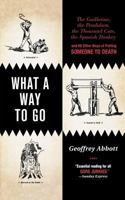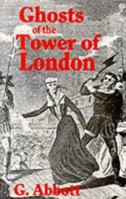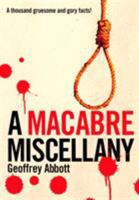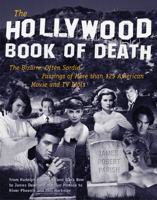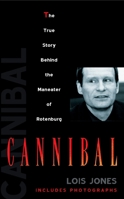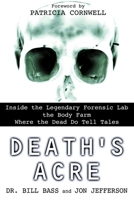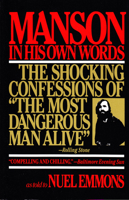Methods in Pragmatics (Handbooks of Pragmatics [HOPS], 10)
Select Format
Select Condition 
You Might Also Enjoy
Book Overview
Methods in Pragmatics provides a systematic overview of the different types of data, the different methods of data collection and data analysis used in pragmatic research. It offers authoritative and comprehensive surveys of the entire breadth of methods and methodologies. Part 1 covers introspectional, philosophical and cognitive pragmatics. Part 2 is devoted to experimental pragmatics, including discourse completion and dialogue construction tasks, role-plays and other production and comprehension tasks. Part 3 reviews observational pragmatics including ethnographic and discourse analytic methods, and part 4, finally, is devoted to corpus pragmatics including accounts of corpus compilation, annotation and data retrieval specific to pragmatic research. Each contribution provides a state-of-the-art account of the precise workings of one particular method, its applications in the relevant research literature as well as a critical assessment of its strengths and weaknesses and the type of pragmatic research questions for which it is most suitable.










![Hardcover Methods in Pragmatics (Handbooks of Pragmatics [HOPS], 10) Book](https://i.thriftbooks.com/api/imagehandler/m/5D72BFFE149291C7C8C6D719A88F29E69FC0F444.jpeg)


